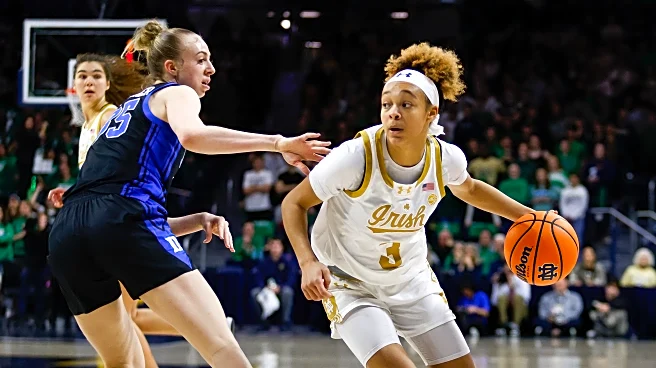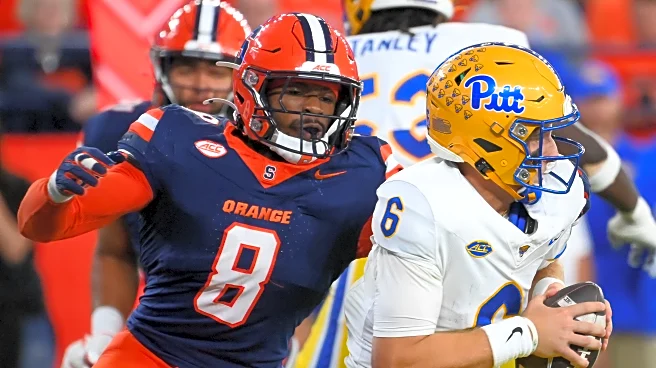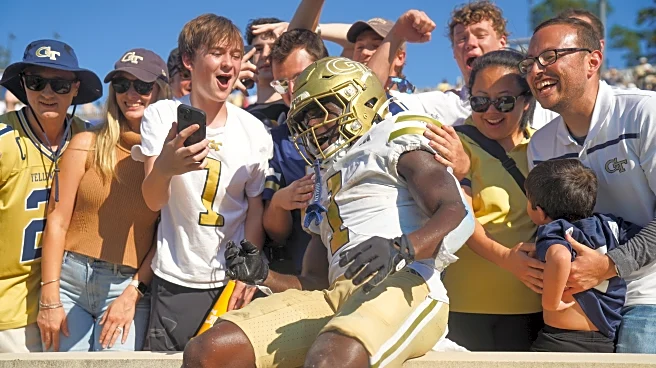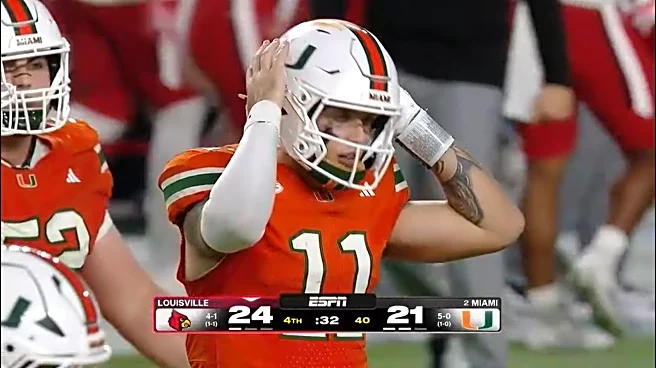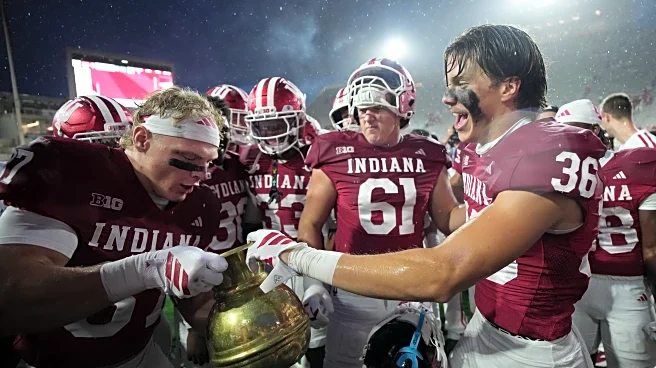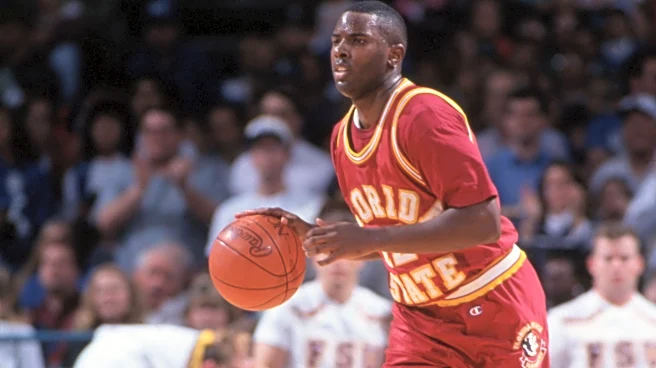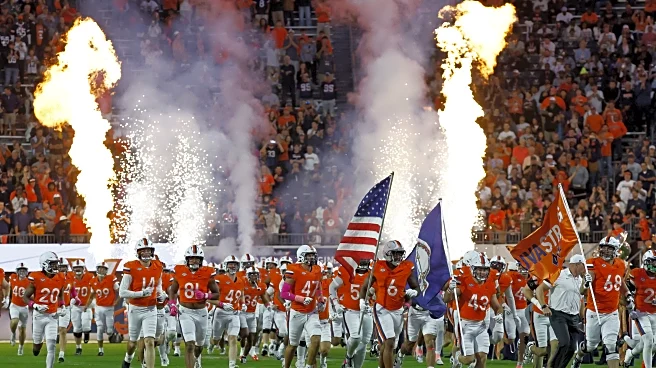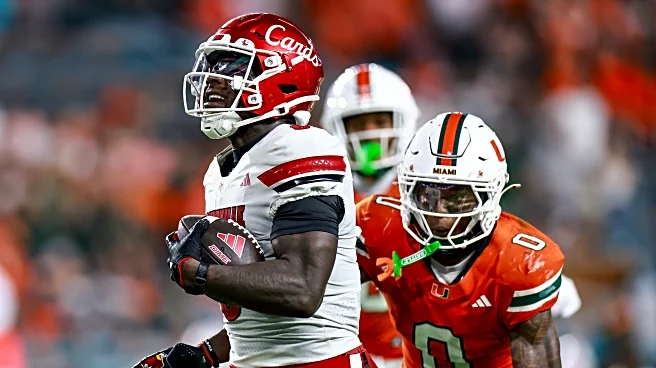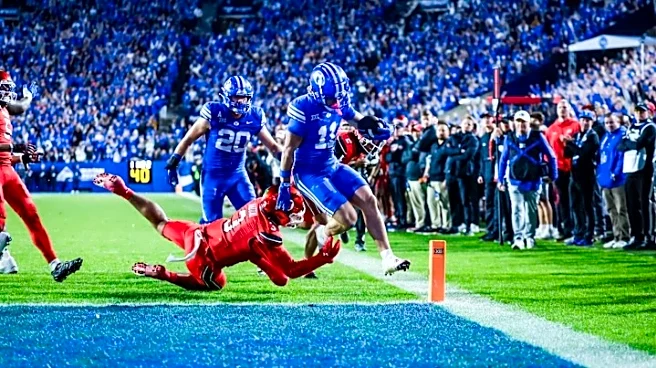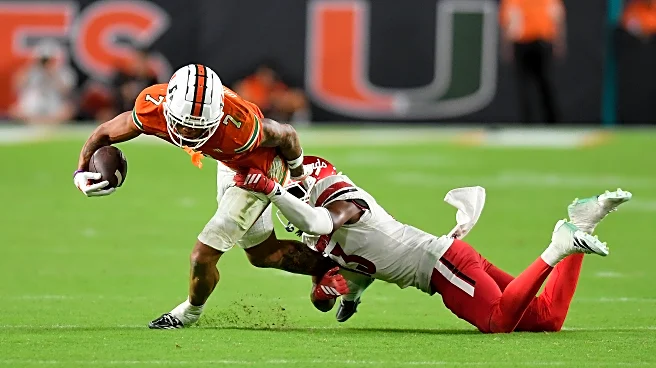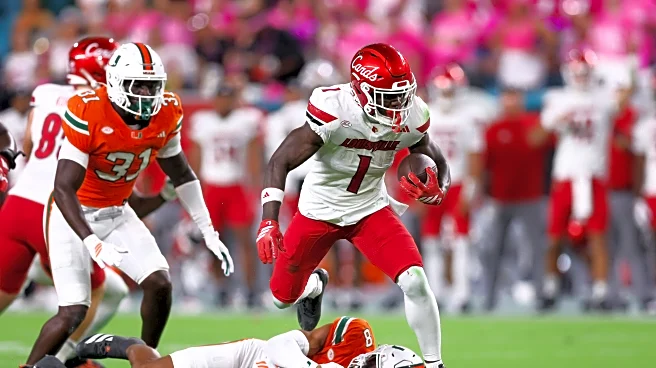With five teams ranked in the AP preseason poll, the ACC is loading up for an ever-competitive season.
Familiar faces are expected to lead the conference, but a summer of transfer portal chaos leaves us
with some pressing questions before the season tips off:
Can No. 7 Duke finally get over the hump?

Women’s college basketball is not an arena that welcomes many “true contenders.” Each Power 4 conference has a pocket of teams who have cemented themselves as regional powerhouses, but haven’t found a route to breaching the pantheon of national contention.
Duke, in the last four years under Kara Lawson, has been climbing towards that peak. Last year, their 29-8 record finally suggested some kind of national potential, but they were expelled by the indomitable South Carolina in a four-point Elite Eight loss. Recent Duke teams have had undoubtable talent, but lacked a top-tier scorer: an archetype that feels ever-necessary in the late rounds of the NCAA Tournament. Lawson also has not produced a WNBA Draft pick in her tenure; the last Duke player selected was Leaonna Odom in the second round of the 2020 draft. Whether a failure of recruiting or development, the Duke Sisterhood does not have the professional reputation of their male counterpart.
Rising sophomore Toby Fournier and senior Ashlon Jackson both averaged over 12 points per game last season, and could absolutely see successful increases in volume. However, it’s hard to say that either Jackson or Fournier have any kind of All-American potential. Is that necessary to make a deep postseason run? Definitely not in the ACC, but maybe in the NCAA Tournament. What Duke definitively has is depth in the form of returners. Four starters are coming back to Durham, and that’s not including leading-scorer Fournier, who exclusively came off the bench. They lost their third and fourth leading scorers in Reigan Richardson (graduated) and Oluchi Okananwa (transferred to Maryland), but those deficits pale in comparison to the rest of the top ACC programs.
Duke, ranked No. 7 nationally, is rightfully the ACC favorite. They aren’t hiding from non-conference competition, and we should get a good idea of whether or not the Blue Devils have leveled up before ACC play starts in the winter. There are few doubts that Lawson will have her team playing a synergistic genre of team basketball, but it would be encouraging to see real All-American potential from Fournier or Jackson (or anyone on the roster, for that matter). Without a ball-dominant star who is a matchup nightmare for opponents, Duke will still have the potential to flatten out in the postseason in the face of soon-to-be professional talent.
Kara Lawson has assembled her best team yet—and it’s time to see where that takes them.
Is Hannah Hidalgo a universal remedy for No. 15 Notre Dame?

There was an exodus from Notre Dame this offseason. Sonia Citron, Liatu King and Maddy Westbeld took their talents to the WNBA Draft, which was expected. What wasn’t expected, however, was the departure of four other Fighting Irish via the transfer portal—most notably Olivia Miles, the projected top-five WNBA Draft Pick who now reps TCU’s purple and white. Notre Dame, which enters the season ranked No. 15, is returning just two players who played consistent minutes last season: Hannah Hidalgo, the two-time First Team All-American and 2024-2025 ACC Player of the Year, and Cassandre Prosper, the 6-foot-3 reserve guard who has seen moderate role-player success in three years for the Irish.
Hidalgo, a clear candidate for National Player of the Year, is no stranger to a heliocentric role. She was the dominant offensive engine for Notre Dame last season, despite Miles’ well-respected on-ball creation ability. In her freshman season, Hidalgo carried the program to 28 wins and a Sweet 16 appearance while Miles missed the season due to injury. That 2023-24 season gave us nearly 40 games of evidence that Hidalgo has enough talent to lead a program into the sunset of the later NCAA Tournament rounds.
However, the truth about Notre Dame’s two tournament exits under Hidalgo is equally important, albeit uncomfortable. Hidalgo has shot her team out of the Sweet 16 in two consecutive seasons. As a freshman, she shot 4-for-14 against Oregon State as Notre Dame lost by five. As a sophomore, she shot 3-for-19 against TCU and Notre Dame lost by nine. She didn’t get much help in either game (Citron missed an equally impressive 16 shots in the Oregon State game), but it’s hard to deny the fact that the Fighting Irish live and die by the New Jersey native’s hot hand.
Without an impressive supporting cast, it’s hard to reason that Notre Dame and Hidalgo will find a path to more success than they’ve seen in the past two seasons. If Citron, Westbeld, and Miles couldn’t save the Irish from a bad Hidalgo game, how will they cope this year? Does Hidalgo have to be perfect in every postseason outing for Notre Dame to contend? Newcomers in South Bend will be met with an unfair burden of expectations in the shadow of last year’s more complete roster.
Has No. 9 NC State successfully retooled?

No. 9 NC State lost their top two talents to the WNBA last season, Aziaha James and Saniya Rivers, but their roster is as dangerous as ever approaching tip off.
Zoe Brooks, who came in second on the team in scoring last season, is a dangerous downhill guard who is looking to reprise her All-ACC selection. She’s joined by returning 6-foot-6 forward Tilda Trygger, who played a bigger role than expected last season. Trygger held down a flimsy frontcourt for the Wolfpack, and has already shown some promising sophomore confidence with a 15-point, 12-rebound double-double in the team’s lone exhibition game this October.
Junior Qadence Samuels played in 69 games in her first two seasons at UConn, but was never more than a sporadic insertion into already-dominant lineups. Now a member of the Wolfpack, Samuels will finally have the opportunity to showcase her offensive talent as a featured option. In their exhibition win over High Point, Samuels recorded 14 points and eight rebounds, both good for second on the team. Arriving with Samuels through the portal is Khamil Pierre, a rising junior who averaged over 20 points per game at Vanderbilt last season. Pierre won’t be featured as heavily on a deeper Wolfpack roster compared to her Vanderbilt teams, but she could absolutely become a leading ACC forward if she’s able to keep up her paint efficiency.
Zoe Brooks’ scoring abilities should be perfectly complimented by the trio of Trygger, Samuels and Pierre, each of whom are nightly double-double threats. NC State, like a handful of other ACC teams who lost a majority of their starters, will need time to iron out on-court cohesion and nightly roles. They also have some distance-related concerns as it’s not clear how often some of their best players will be able to be on the court with each other due to non-shooting redundancies.
However, the amount of pure talent on their roster is intriguing, and leads me to take more interest in the Wolfpack than in the other ACC powerhouses like North Carolina and Louisville. It’s hard to say definitively that NC State hasn’t lost a step since last year, but in the context of the ACC, they’re comfortably near the top.
2025-26 ACC preseason coaches poll
- Duke
- NC State
- North Carolina
- Louisville
- Notre Dame
- Stanford
- Virginia
- Miami
- Florida State
- Virginia Tech
- Clemson
- Cal
- Syracuse
- SMU
- Georgia Tech
- Pitt
- Boston College
- Wake Forest
